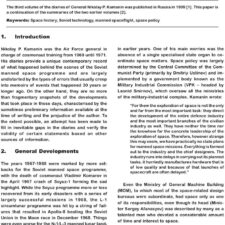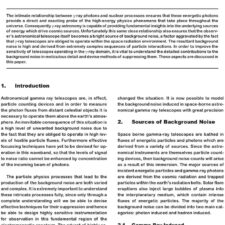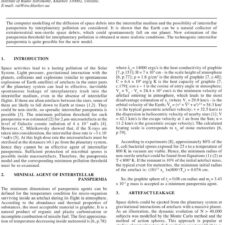Space Debris and Space Safety – Looking Forward
£5.00
W. Ailor; H. Krag (2009), JBIS, 62, 261-264
Refcode: 2009.62.261
Abstract:
Man’s activities in space are creating a shell of space debris around planet Earth which provides a growing risk of collision with operating satellites and manned systems. Including both the larger tracked objects and the small, untracked debris, more than 98% of the estimated 600,000 objects larger than 1 cm currently in orbit are “space junk”–dead satellites, expended rocket stages, debris from normal operations, fragments from explosions and collisions, and other material. Recognizing the problem, space faring nations have joined together to develop three basic principles for minimizing the growth of the debris population: prevent on-orbit breakups, remove spacecraft and orbital stages that have reached the end of their mission operations from the useful densely populated orbit regions, and limit the objects released during normal operations. This paper provides an overview of what is being done to support these three principles and describes proposals that an active space traffic control service to warn satellite operators of pending collisions with large objects combined with a program to actively remove large objects may reduce the rate of future collisions. The paper notes that cost and cost effectiveness are important considerations that will affect the evolution of such systems.





